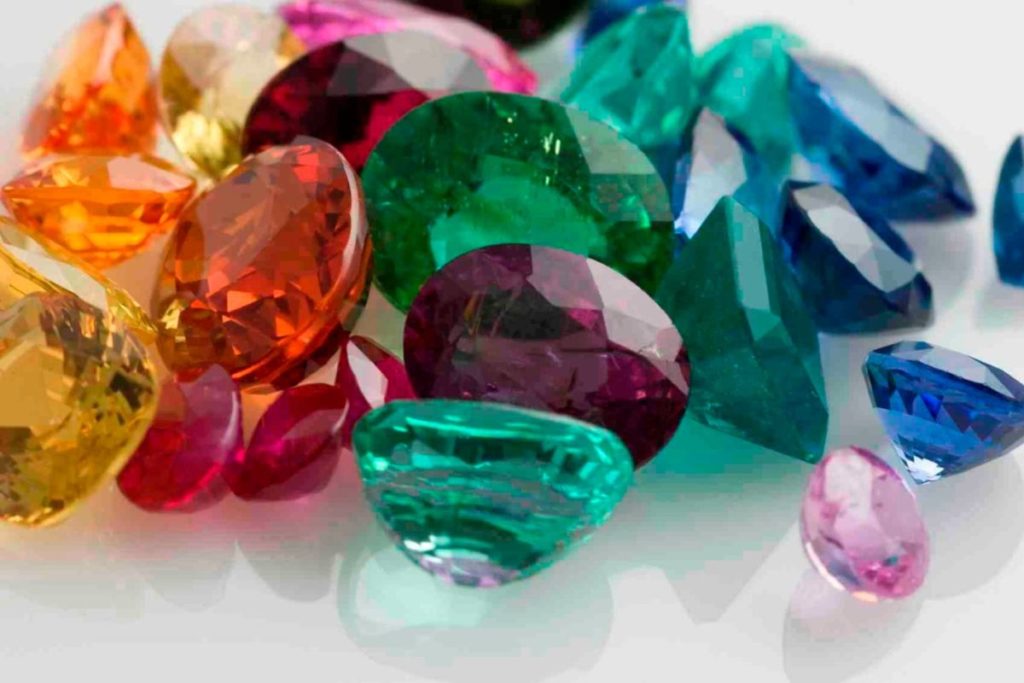There are different ways of organizing the world’s gemstones. The science of mineralogy sorts the various minerals into ten different mineral classes, based on their chemical composition. The classes include basic elements, sulfides, halides, oxides and hydroxides, carbonates and nitrates, phosphates, silicates, and organic substances.
Within these classes are species. Each species has a well-defined chemical composition and a physical (usually crystalline) structure. Some of the most important gemstone species include beryl, corundum, chrysoberyl, quartz, zircon, spinel, spodumene, topaz, opal, and zoisite. In some cases, minerals with a common structure but slightly different chemical formulas make up a group, such as the garnet group, the feldspar group, or the tourmaline group.
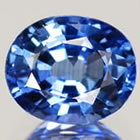 |
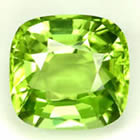 |
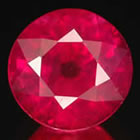 |
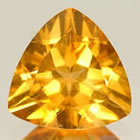 |
| Sapphire (corundum) | Peridot | Ruby (corundum) | Citrine (quartz) |
Each species may have one or more varieties. Gemstone varieties are less rigorously defined but are usually distinguished by color or some distinctive optical phenomenon. Varieties of the corundum species include ruby, star ruby, sapphire, and star sapphire. The different colors of sapphire – yellow, pink, green, and white – are sometimes referred to as distinct varieties of corundum.
Quartz has a large number of varieties, ranging from the familiar amethyst and citrine to less well-known varieties such as chrysoprase. Other species, such as zoisite, have only a few varieties. The zoisite varieties include tanzanite, thulite and anyolite. Yet other species have no distinct varieties at all. Peridot is an example since peridot occurs only in green.
The varieties of some species have developed such a strong identity of their own that many consumers fail to recognize them as belonging to one species. This is true of members of the beryl species; emerald, aquamarine, goshenite, morganite and golden beryl.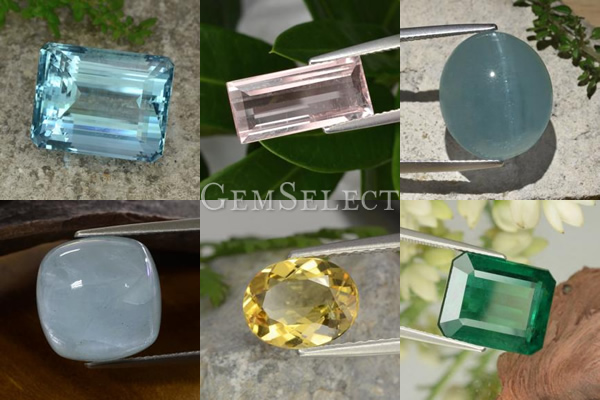
In a rather different way of organizing gemstones, Walter Schumann provides a commercial classification that arranges gemstones into the following groups:
“Best-known gemstones” (such as ruby, sapphire, and emerald),
“lesser-known gemstones” (such as andalusite, iolite, and sphere),
“gemstones for collectors” (such as simpsonite, tremolite, and pyrolusite),
“rocks as gemstones” (such as obsidian, alabaster, and agalmatolite) and
“organic gemstones” (such as ammolite, coral, amber, and pearl).
Schumann organizes his well-known book, Gemstones of the World around this scheme.
Source: https://www.gemselect.com/other-info/classifying-gems.php

